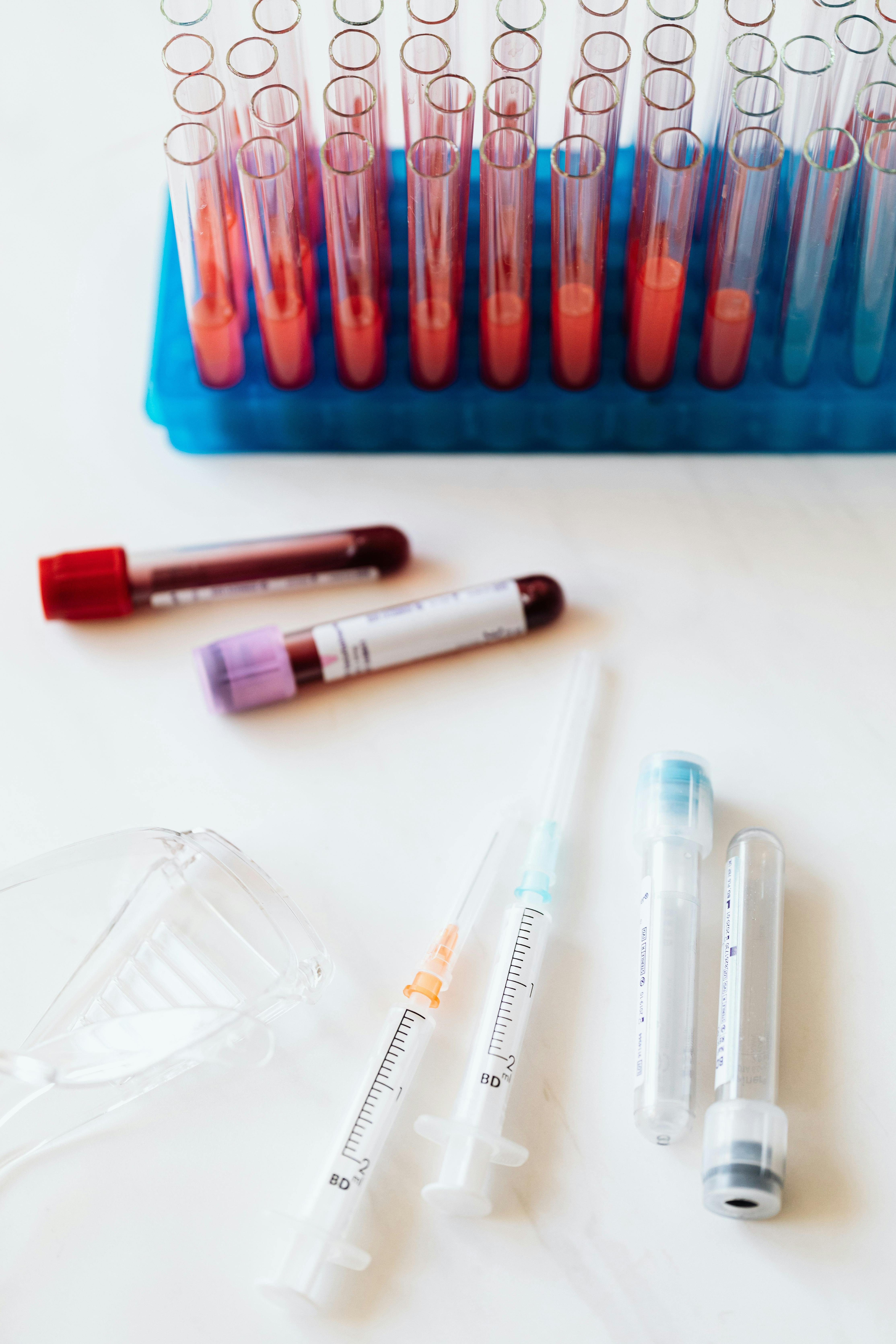Introduction
Systemic Lupus Erythematosus (SLE), commonly known as lupus, is a complex and often misunderstood autoimmune disease. Systemic Lupus Erythematosus, or lupus, is an autoimmune disease where the body's immune system mistakenly attacks healthy tissues and organs. It can affect various body parts, including the skin, joints, kidneys, heart, lungs brain, and blood cells. Lupus is a chronic condition, and its symptoms can range from mild to severe, with periods of remission and flare-ups.
 |
| Systemic Lupus Erythematosus |
This condition can affect multiple systems in the body, making it challenging to diagnose and manage effectively.
Table of contents
- Introduction
- Symptoms of Systemic Lupus Erythematosus
- The Causes of Systemic Lupus Erythematosus
- Diagnosis of SLE
- Treatment and Management
- Living with SLE: A Personal Perspective
- FAQs
- Conclusion
Symptoms of Systemic Lupus Erythematosus
SLE is known for its complexity, and its symptoms can vary widely from person to person. It primarily affects women of childbearing age but can occur in anyone, including men and children. Common symptoms include:
- Joint pain and swelling
- Skin rash, often in the shape of a butterfly
- Fatigue
- Fever
- Photosensitivity (sensitivity to sunlight)
- Chest pain
- Mouth or nose sores
- Kidney problems
- Anemia
- Hair loss
Causes of Systemic Lupus Erythematosus
The exact cause of SLE still needs to be fully understood. It is believed to be a combination of genetic, environmental, and hormonal factors. Some common triggers and risk factors include,
- Genetic predisposition
- Hormonal changes
- Exposure to sunlight
- Certain medications
- Infections
- Diagnosing of SLE
- Diagnosing SLE can be a complex process due to its varied symptoms. Doctors often use a combination of blood tests, medical history, and physical examinations to reach a diagnosis. It's crucial to consult a rheumatologist, a specialist in autoimmune diseases if you suspect you may have SLE.
- Nonsteroidal anti-inflammatory drugs (NSAIDs) for pain and inflammation
- Corticosteroids to reduce inflammation
- Antimalarial drugs to manage skin and joint symptoms
- Immunosuppressive medications to control the overactive immune system
- Lifestyle modifications, such as sun protection and a balanced diet
Treatment and Management
Managing SLE involves a multidisciplinary approach. There is no cure, but various treatment options can help control symptoms and prevent flares. These treatments may include:
Managing SLE involves a multidisciplinary approach. There is no cure, but various treatment options can help control symptoms and prevent flares. These treatments may include:
Living with SLE: A Personal Perspective
Living with SLE can be challenging, but many individuals lead fulfilling lives with the condition. It's essential to build a strong support system, work closely with healthcare professionals, and adapt your lifestyle to minimize triggers and symptoms.
FAQs
Q: Can men develop Systemic Lupus Erythematosus?
A: Yes, while SLE predominantly affects women, men, and children can also develop the condition. It is less common in men but can be equally severe.
Q: Is there a cure for Systemic Lupus Erythematosus?
A: Currently, there is no cure for SLE. Treatment focuses on managing symptoms and preventing flares.
Q: What is the butterfly rash associated with SLE?
A: The butterfly rash is a characteristic rash that appears on the face, resembling the shape of a butterfly. It is a common skin symptom of SLE.
Q: Are there support groups for people with SLE?
A: Yes, there are numerous support groups and online communities where individuals with SLE can connect, share experiences, and seek guidance.
Q: Can pregnancy affect Systemic Lupus Erythematosus?
A: Pregnancy can impact SLE, and it's essential for women with SLE to work closely with their healthcare team to manage their condition during pregnancy.
Q: How can I protect myself from sunlight if I have SLE?
A: To protect against photosensitivity, use sunscreen with a high SPF, wear protective clothing, and avoid direct sunlight during peak hours.
Conclusion
Systemic Lupus Erythematosus is a complex autoimmune disease that requires careful management and support. While there is no cure, individuals with SLE can lead fulfilling lives by working closely with healthcare professionals and making lifestyle adjustments. Understanding the symptoms, causes, and treatment options is the first step towards effectively managing this condition



No comments:
Post a Comment